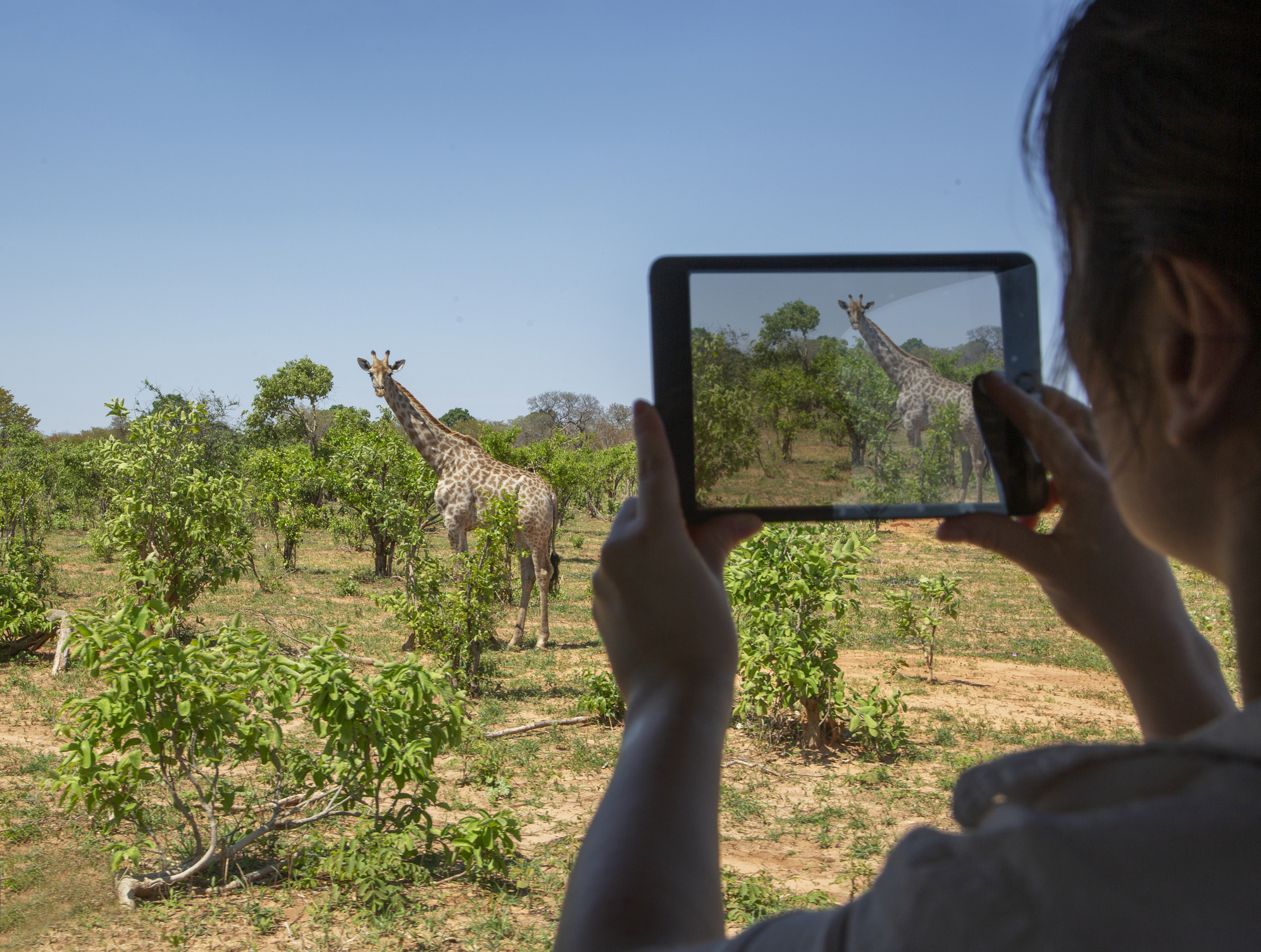From the rainforest to the ocean, artificial intelligence is decoding nature’s most complex data patterns and is proving to be a game-changer in conservation.
For as long as there has been wildlife conservation, there has been a need for data. In order to understand ecosystem health, animal behavior and population trends, you have to be able to measure what’s going on in nature. And while there are many ways to do this, from drones to tracking devices, thermal cameras and even rangers on-foot, satellite imagery and camera traps have made study- ing wildlife movement a little bit easier. Not only can conservationists collect ample data, there’s minimal disturbance to animals. When it comes to analyzing the imagery, all that’s really needed is someone who can recognize an animal and there are many training programs to do just that.
But to really understand ecological trends, there are many creatures that are simply too small to be captured through pictures. “With very big animals like elephants, you can see them using satellite data which is great but a significant portion of the ecosystem is hidden,” says Dr Juan Lavista Ferres, who has worked in the field of artificial intelligence (AI) for over 20 years, and is the Chief Data Scientist of Microsoft’s AI for Good Lab. Luckily, those animals that are undetectable in satel- lite imagery make up for their size with sound, which is where acoustic data comes in – and in the case of ani- mal sounds, bioacoustic data. “From a noise perspec- tive, they are there,” laughs Ferres. “There is no corre- lation between the size of an animal and the sound it makes. Very small animals can make a lot of noise and can do very specific frequencies.”
Nature’s silent signals
There’s huge potential in environmental recordings (bio- acoustics are important bioindicators —they are nature’s health signalers) and the good news is that a lot of the data is already available. At the AI for Good Lab, Ferres and his team have continuous surveillance recordings from the Amazon that go back to 1992. The problem is that there are only a handful of scientific experts who can understand what is going on when the data is visualized, and then interpret the frequencies to identify specific animals. “It’s extremely niche. In the case of bioacoustic data, you need a huge level of expertise and there are very few people in the world that can recognize these sounds and frequencies,” adds Ferres.
Another challenge is that going through all of this audio takes time. Ferres says that many of the record- ings he has run non-stop, day and night, for 365 days. “A person would need to be listening to these sounds for a whole year to get through just one year’s worth of data. Now imagine that you have multiple recordings in one forest?” There’s simply too much data for hu- mans to process manually, which is why AI is such a game-changer in conservation – it’s making research a much more efficient process. AI can learn from these experts to automate identifying and classifying animal sounds across large datasets. “We can go through all of the recordings and understand how the health of the ecosystem is changing,” says Ferrers. “Now that we have more compute and better models, we can work with these different types of data, whether it’s images, videos or acoustic data.”
Loading...
Under the sea
One of the AI for Good Lab’s first projects using acoustic data was with endangered beluga whales in Alaska us- ing underwater sensors. “You can capture the sound of these whales, their vocalizations,” says Ferres. Because sounds travel much further than visual cues, with acous- tic data, researchers can detect (and even potentially identify) different types of whales over vast distances in the ocean, far beyond what would be possible with visual observation methods. “There are particular frequencies in the water that will be very difficult to detect without AI,” adds Ferres. “You can’t solve a problem if you can’t measure it. By doing this, we can actually start measuring the problem.”
Working with different industries and partners throughout the world, Ferres’ hope is that now that the information is in these AI models, more people will be able to use them to track animals over time. All the work that comes out of the AI for Good Lab is also open source which means all of the projects are freely available to re- searchers and organizations worldwide. “It’s a complete philanthropic effort. We give up the idea. We publish everything. All the work we do is for the societal good,” he says. “AI is not just the solution, but sometimes it’s the only solution we have.”
Loading...
